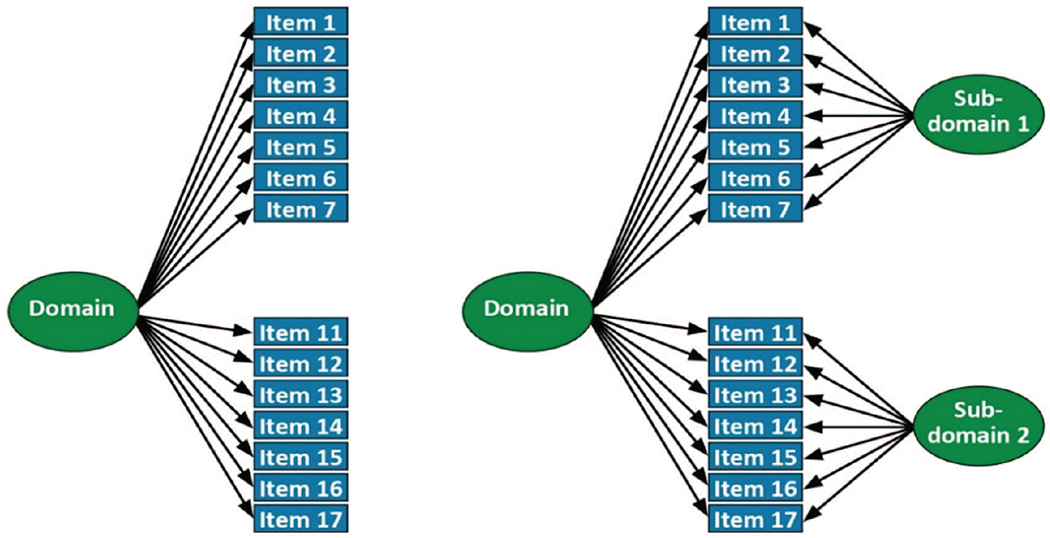Figure 2. Single Factor (Left) and Bifactor (Right) Models of 14 Items From a Single Study.

Note. The figure to the left depicts a single factor model of 14 items (1–7 and 11–17) that are depicted as loading on a single common factor. There are no secondary domains or residual covariances; this model forces all covariance between items to be captured by the single general factor (labeled “Domain” here). The figure to the right depicts the same 14 items, and a relationship with a general factor that captures covariance across all of the items. But different from the figure to the left, this bifactor model includes two subdomains (labeled “Subdomain 1” and “Subdomain 2”). These subdomains capture covariance among the subdomain items (e.g., Items 1–7 for Subdomain 1, and Items 11–17 for Subdomain 2) that is not shared with items outside that subdomain. A subdomain could be based on a methods effect (e.g., the same words from a word list learning task), or based on a common subset of a higher order domain (e.g., several items tapping set shifting in a model of executive functioning), or a data-driven subset based on agglomerative hierarchical clustering.
